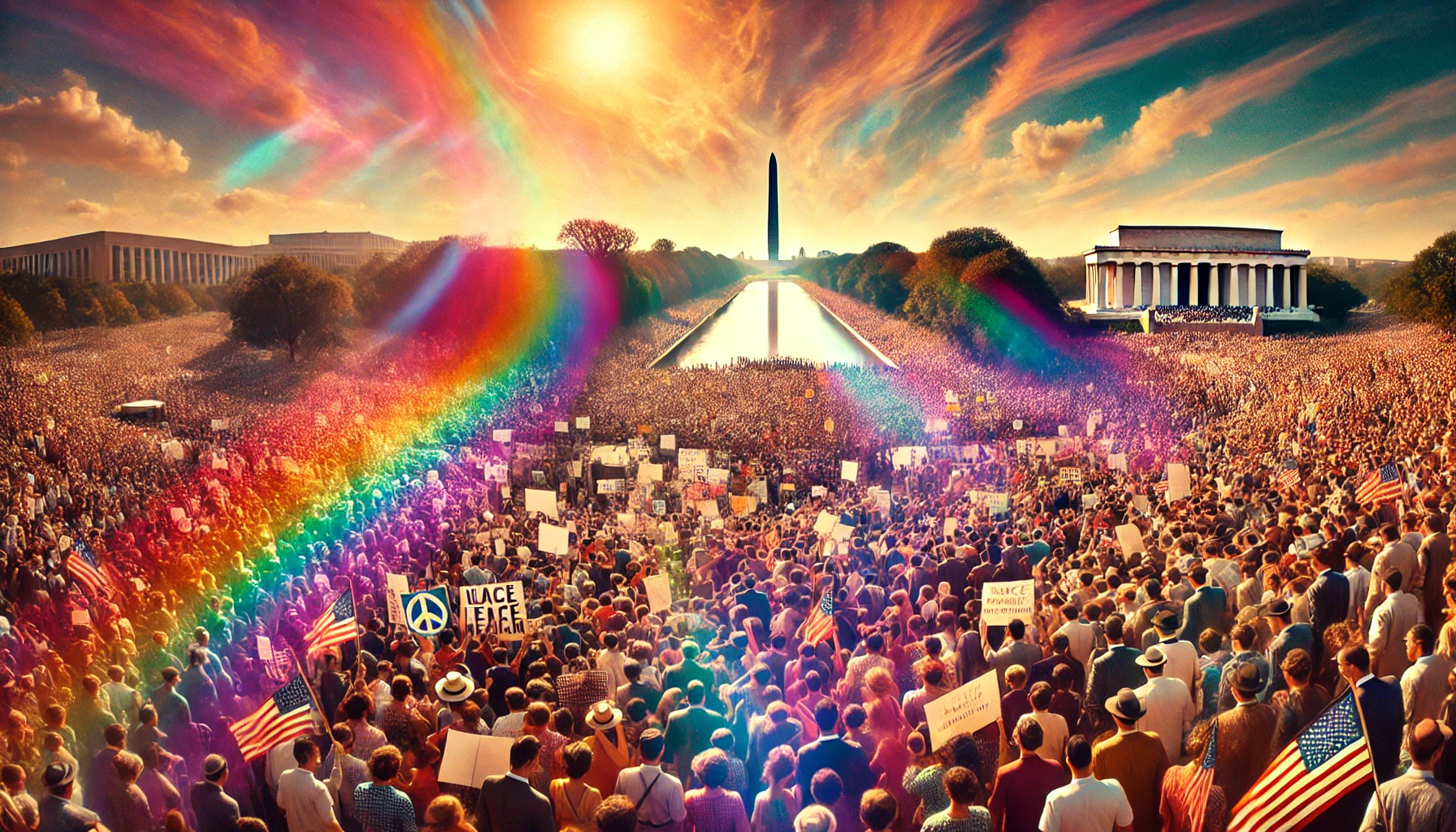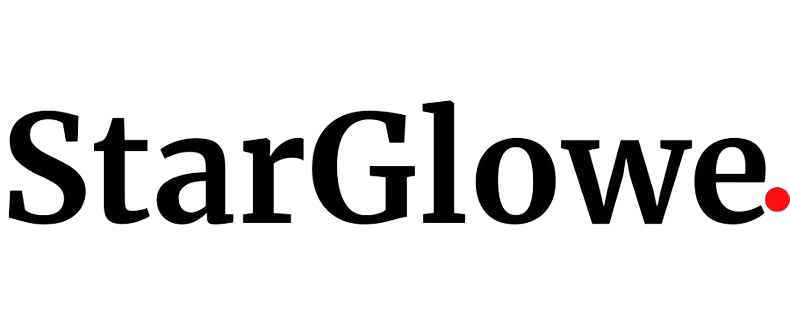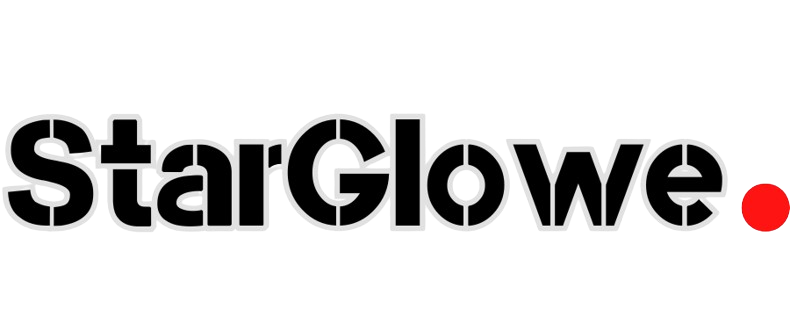
- This event has passed.
March on Washington
August 28

The March on Washington, officially known as the March on Washington for Jobs and Freedom, is one of the most significant events in American history. Held on August 28, 1963, it was a monumental demonstration for civil rights and economic equality, attracting over 250,000 people to the nation’s capital. This historic event was a powerful call to end racial segregation, provide jobs, and ensure equality for all Americans, particularly African Americans who faced systemic discrimination and inequality. The March on Washington is often remembered for Dr. Martin Luther King Jr.’s iconic “I Have a Dream” speech, which continues to resonate as a symbol of hope and progress.
The significance of the March on Washington extends beyond the civil rights movement of the 1960s. It laid the groundwork for future social justice movements and highlighted the power of peaceful protest in effecting change. The march brought together diverse groups, including civil rights organizations, labor unions, and religious groups, all united in the demand for justice. It demonstrated the potential for collective action to bring about meaningful change and remains a pivotal moment in the ongoing struggle for civil rights in the United States.
History and Significance of the March on Washington
The history of the March on Washington can be traced back to the early 1940s when civil rights leader A. Philip Randolph proposed a march to demand equal employment opportunities for African Americans. However, it wasn’t until the 1960s, amid growing civil rights activism, that the idea gained traction. Organized by a coalition of civil rights, labor, and religious groups, the march aimed to press the federal government to pass meaningful civil rights legislation and address economic inequalities. The event was strategically planned to coincide with the centennial of the Emancipation Proclamation, underscoring the ongoing struggle for true freedom and equality.
The March on Washington was significant for its scale, organization, and impact. It marked the first time such a large and diverse group of people came together to advocate for civil rights on a national stage. The event captured the nation’s attention and galvanized public support for the Civil Rights Movement. The momentum generated by the march played a crucial role in the passage of the Civil Rights Act of 1964 and the Voting Rights Act of 1965. The March on Washington is remembered as a turning point in American history, a moment when the voices of the oppressed were heard loud and clear, and the call for justice could no longer be ignored.
Traditions and Rituals of the March on Washington
While the March on Washington was a one-time event, its legacy continues through various traditions and rituals that honor its significance. Every year, civil rights organizations, schools, and communities across the United States commemorate the march by holding events that educate the public about its history and the ongoing struggle for civil rights. These events often include reenactments of the march, educational programs, and discussions about the progress made and the challenges that remain. The march is also remembered through public art, documentaries, and literature that highlight its impact on the civil rights movement and American society.
One of the most enduring traditions associated with the March on Washington is the annual celebration of Martin Luther King Jr. Day, observed on the third Monday in January. This day serves as a reminder of Dr. King’s contributions to the civil rights movement and his powerful message of equality and justice. On this day, many people participate in service projects, marches, and educational events that reflect the spirit of the original march. The March on Washington is also commemorated through the National Museum of African American History and Culture, which houses artifacts and exhibits related to the event, ensuring that its legacy continues to inspire future generations.
Modern Celebration of the March on Washington
Today, the March on Washington is celebrated as a symbol of unity, resilience, and the ongoing fight for justice. Modern celebrations often take the form of large-scale rallies, protests, and educational events that draw attention to current social justice issues. These events are organized by civil rights groups, labor unions, and community organizations, reflecting the diverse coalition that made the original march possible. In recent years, the March on Washington has been invoked in movements advocating for racial justice, economic equality, and voting rights, demonstrating its continued relevance in the fight for social change.
Social media has played a significant role in modern celebrations of the March on Washington, allowing people from around the world to participate in and amplify the message of justice and equality. Hashtags like #MarchOnWashington and #IHaveADream are used to raise awareness and encourage activism. Additionally, virtual events and online campaigns have made it possible for individuals who cannot attend in person to engage with the movement. The modern celebration of the March on Washington is a testament to the enduring power of collective action and the importance of continuing the fight for civil rights in the 21st century.
10 Congratulations and Wishes
- “May the spirit of the March on Washington continue to inspire us all to fight for justice and equality for every person in our society.”
- “As we remember the March on Washington, let’s renew our commitment to creating a world where freedom and equality are realities for everyone.”
- “On this day, we honor the courage and determination of those who marched for justice in 1963. Their legacy lives on in our hearts and actions.”
- “Wishing you the strength and resolve to carry forward the mission of the March on Washington in all that you do.”
- “May the message of hope and unity from the March on Washington guide us as we work towards a more just and equitable future.”
- “Today, we celebrate the power of peaceful protest and the enduring impact of the March on Washington. Let’s keep the dream alive.”
- “As we commemorate the March on Washington, let’s pledge to stand against injustice and work together for a better tomorrow.”
- “May the lessons of the March on Washington inspire us to be bold in our pursuit of justice and equality for all.”
- “On this day, we honor the legacy of the March on Washington and commit to continuing the fight for civil rights.”
- “Wishing you the courage and determination to make a difference in the world, just as those who marched on Washington did.”
10 Unusual Facts
- The March on Washington was not the first large-scale protest for civil rights in Washington, D.C. In 1941, A. Philip Randolph planned a similar march, which was called off after President Roosevelt issued an executive order banning discrimination in defense industries.
- The official title of the event was the “March on Washington for Jobs and Freedom,” highlighting the dual focus on economic equality and civil rights.
- The march was initially met with resistance from some civil rights leaders who feared it would lead to violence, but it ultimately remained peaceful.
- Approximately 75-80% of the marchers were African American, but the event also attracted a significant number of white allies, as well as participants from other racial and ethnic groups.
- The event was supported by a broad coalition, including labor unions, religious organizations, and civil rights groups, making it one of the most diverse demonstrations of its time.
- The sound system used during the march was provided by a union of sound engineers who volunteered their services after learning that the National Park Service’s equipment was inadequate for the large crowd.
- The march included performances by several prominent musicians, including Joan Baez, Bob Dylan, and Mahalia Jackson, who sang spirituals and folk songs that resonated with the movement’s message.
- The March on Washington is credited with helping to create the momentum needed to pass the Civil Rights Act of 1964 and the Voting Rights Act of 1965.
- While Dr. Martin Luther King Jr.’s “I Have a Dream” speech is the most famous address from the event, other notable speakers included John Lewis, Mahalia Jackson, and A. Philip Randolph.
- The march ended with a meeting between civil rights leaders and President John F. Kennedy, who had initially been wary of the event but was impressed by its peaceful and powerful message.
10 Frequently Asked Questions
1. What was the purpose of the March on Washington?
The March on Washington was organized to advocate for civil rights, economic equality, and an end to racial segregation in the United States.
2. Who organized the March on Washington?
The march was organized by a coalition of civil rights, labor, and religious groups, with key figures including A. Philip Randolph, Bayard Rustin, and Dr. Martin Luther King Jr.
3. How many people attended the March on Washington?
Over 250,000 people attended the March on Washington, making it one of the largest demonstrations in U.S. history at the time.
4. What was the significance of Dr. Martin Luther King Jr.’s “I Have a Dream” speech?
Dr. King’s speech became a defining moment of the Civil Rights Movement, articulating a vision of racial equality and justice that continues to inspire people around the world.
5. Was the March on Washington a peaceful protest?
Yes, the March on Washington was a peaceful demonstration, with no incidents of violence reported despite the large crowd.
6. What impact did the March on Washington have on civil rights legislation?
The march played a significant role in building public support for the Civil Rights Act of 1964 and the Voting Rights Act of 1965, two landmark pieces of legislation that advanced civil rights in the U.S.
7. Did women play a role in the March on Washington?
Yes, women played crucial roles in organizing and participating in the march, although their contributions were sometimes overshadowed by male leaders.
8. How is the March on Washington commemorated today?
The March on Washington is commemorated through various events, including reenactments, educational programs, and public discussions about civil rights and social justice.
9. What other significant speeches were given at the March on Washington?
In addition to Dr. King’s speech, John Lewis, A. Philip Randolph, and Mahalia Jackson delivered powerful speeches that emphasized the need for justice and equality.
10. What was the response of the U.S. government to the March on Washington?
President John F. Kennedy met with civil rights leaders after the march and expressed his admiration for the peaceful demonstration, which helped to sway public opinion in favor of civil rights legislation.
The March on Washington remains a landmark event in the history of the United States, symbolizing the power of peaceful protest and the collective demand for justice and equality. The march not only brought attention to the urgent need for civil rights reforms but also demonstrated the potential for unity and collaboration across diverse groups. Its impact is felt to this day, as the issues it addressed—racial equality, economic justice, and human rights—continue to be central to social justice movements around the world.
As we reflect on the legacy of the March on Washington, it is important to recognize that the struggle for civil rights is ongoing. The march serves as a reminder that progress is possible, but it requires sustained effort and commitment. By honoring the memory of those who marched in 1963 and continuing their work, we can ensure that the dream of a just and equal society becomes a reality for all.
Why This Day Is Important
The March on Washington is important because it represents a pivotal moment in the fight for civil rights and social justice in the United States. It was a demonstration of the collective power of people coming together to demand change, and it highlighted the urgent need for equality and justice in a nation grappling with systemic racism and discrimination. The march helped to build the momentum needed to pass critical civil rights legislation, and its legacy continues to inspire movements for justice and equality today.
Author’s Opinion
The March on Washington is a powerful testament to the strength of peaceful protest and the importance of standing up for what is right. It shows that when people come together, they can create lasting change, even in the face of significant obstacles. The march’s legacy is a reminder that the fight for civil rights is not over, and that we must continue to work towards a society where everyone is treated with dignity and respect. As we commemorate this historic event, let us be inspired by the courage and determination of those who marched and continue their work in our own lives.




